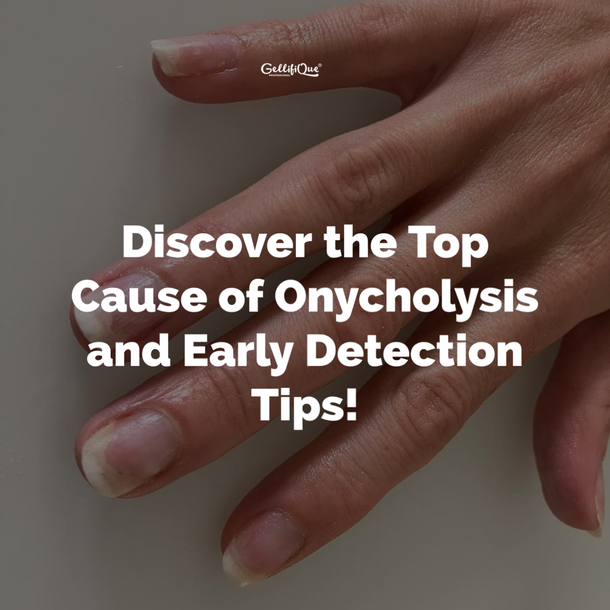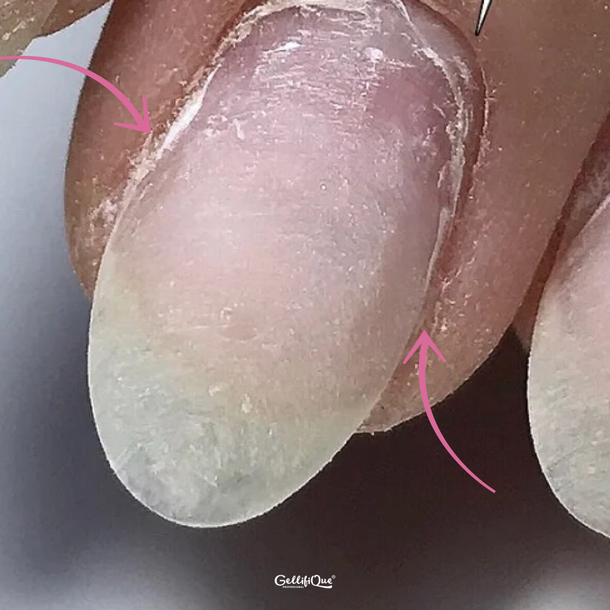On social media platforms like Facebook, we've seen nail technitians sharing stories and inquiries about this sudden nail plate separation phenomenon. Often, there are no itching or blistering symptoms, just the separation itself. Both customers and nail technicians have been left distressed, questioning their techniques and the products they've been using. We want to emphasize that there isn't a single cause, and it's crucial to identify the exact factor to prevent recurrence.
In this newsletter, we'll delve into the number one cause of onycholysis that isn't linked to allergic reactions, thermal (incorrect UV/LED lamp) exposure, or chemical burns from uncured products.
The Receding Stress Zone:
The stress zone is the area on the right and left sides of the nail plate, located at the stress point of the natural nail. This tiny seal between the nail plate and surrounding skin plays a vital role in nail health.
Compromised Stress Zone Consequences:
When this seal is compromised due to skin/nail enhancement picking by clients or improper filing, chaos ensues for the natural nail. This minuscule region bears the brunt of daily strain and the nail enhancement itself.
Importance of the Stress Zone:
The compromised stress zone is essential for maintaining the nail unit's health. A compromised stress zone can result in various problems, especially in the context of the nail industry, where UV/LED gel overlays are common, often involving acetone soaking that contributes to onycholysis development.
Key Reasons for Onycholysis due to Compromised Stress Zone:
- Loss of Protective Barrier: The natural connection between the nail plate and surrounding skin acts as a protective barrier. Disruption exposes the nail bed to irritants, chemicals, and pathogens, leading to inflammation and separation.
- Moisture Imbalance: The nail-skin connection regulates moisture balance. Disruption can cause excessive dryness or moisture accumulation, leading to separation.
- Infections: A compromised stress zone invites bacteria or fungi, causing swelling and changes in the nail bed, leading to onycholysis.
- Pre-existing Nail Conditions: If the nail bed is weak, stress zone disruption worsens issues, resulting in onycholysis.
- Loss of Structural Integrity: Receding sidewalls weaken nail shape and strength, causing splitting or breaking.
- Dryness and Brittleness: Compromised stress zone leads to nail dryness and brittleness.
Early Detection Methods:
- Observe color changes: Whitening or yellowing where the nail plate lifts.
- Detect texture changes: Feel for roughness or ridges forming.
- Note pain or sensitivity: Some may experience discomfort.
- Listen for sounds: Tap nails to identify air pockets forming.
- Assess nail history and practices: Look for triggers like trauma or chemical exposure.
- Monitor over time: Note changes or progression for insights.
Preventive Measures:
- Warn your customers about the dangers of onycholysis when the gel enhancement or the skin is picked and disrupted.
- File these areas correctly with files and make sure you avoid these completely with an E-file. Please see images and diagrams below!
- Strengthen 3/4 of the nail with a hard, file-off product, not BIAB.
- Support thinned nails and damaged stress zones without bulk.
- Avoid acetone soaking that dehydrates nails.

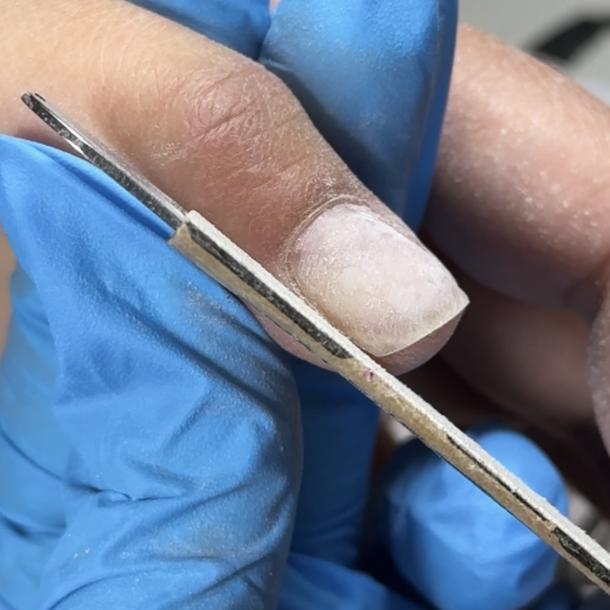
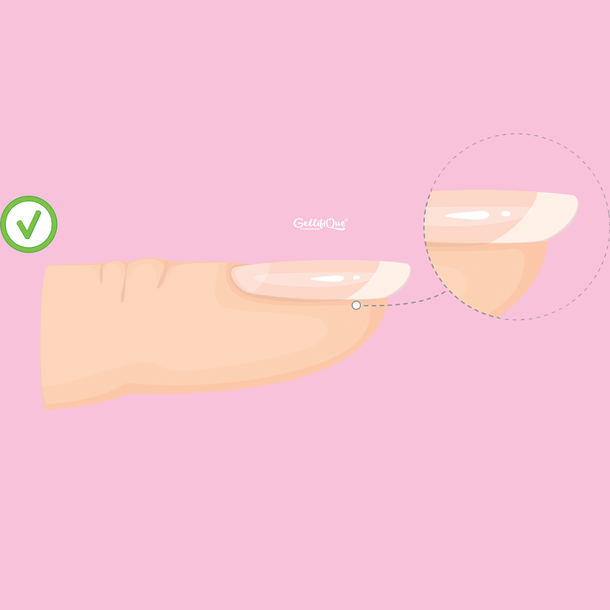
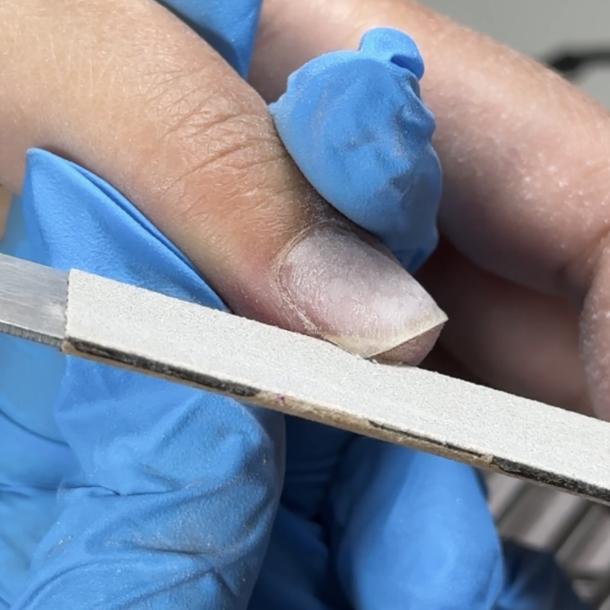
Remember, understanding the causes and early detection are vital to maintaining healthy nails. We're here to assist and provide guidance for your nail care journey.
